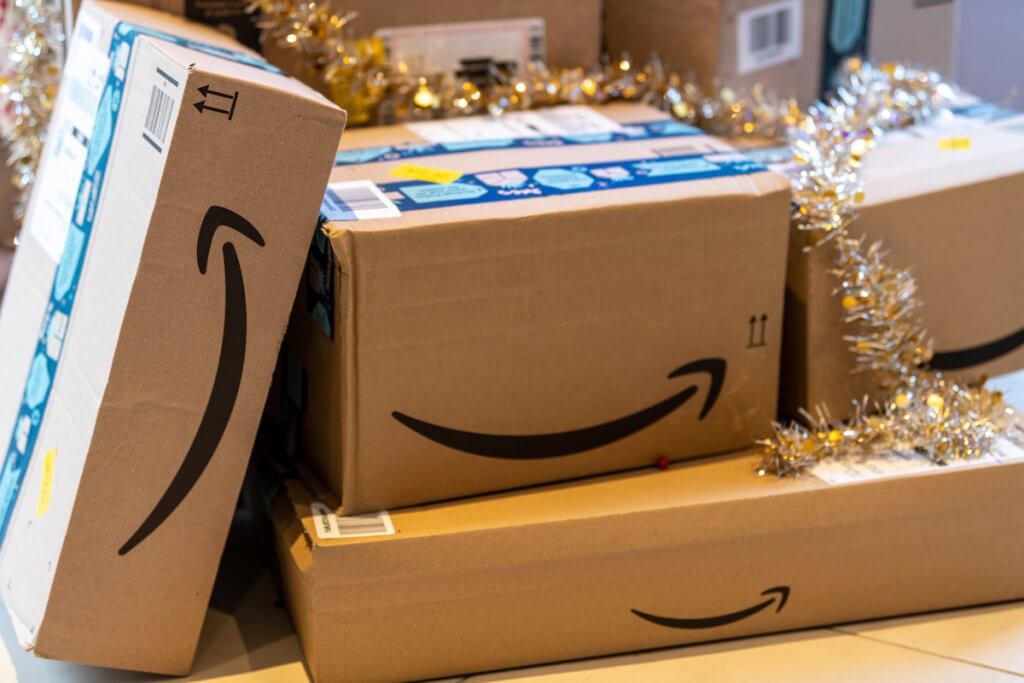Explaining the Amazon Return Policy in Simple Terms

If you need to process a customer return or even make one yourself, having a clear understanding of Amazon’s return policy will make your life a lot easier.
By the time you read this, a record-breaking National Returns Day will have passed. On January 2nd, an estimated 1.9 million items shipped back to U.S. retailers alone. In the U.K., £5.2 billion of online purchases are returned annually. And according to Narvar Inc.,“shoppers are expected to return twice as many items as they did during last year’s holiday period.” It’s clear that eCommerce sellers around the globe will need to brace for a particularly costly and hectic post-holiday return season. By having a better understanding of Amazon’s return policy, you’ll be able to save time, reduce sales loss and create loyal customers by improving customer support. Let’s jump right into it!
Who does the Amazon return policy apply to?
The return policy is in Amazon’s hands if you’re an FBA (Fulfillment by Amazon) seller or a member of SFP (Seller Fulfilled Prime). Simply put, this means that if any of your inventory is shipped from an Amazon Fulfillment Center, or if your products are eligible for Amazon Prime, then returns are handled by Amazon.
What about third-party sellers?
For third party sellers, it’s a bit of a mixed bag when it comes to managing returns on Amazon. The good news is that if you don’t use Amazon for order fulfillment, and you ship purchased items yourself, you get more control over your return policy, but Amazon is still calling the shots. At a minimum, meeting or exceeding Amazon Return Policy standards means that you must give customers at least 30 days to return their purchased items. There are also a few required guidelines for independent sellers to follow.
According to their policy, third-party sellers must do one of the following:
- Provide “a return address within the United States” for U.S. sellers.
- Provide “a return address within the UK” for international sellers.
- “Provide a prepaid return label.”
- “Offer a full refund without requesting the item be returned.”
For additional guidance on managing high volume shipping challenges, we recommend checking out ShipStation.
What’s the time frame in which customers can return items?
The standard Amazon policy states that most items can be returned within 30 days after purchase, although they may make exceptions to this rule on a case-by-case basis. It’s also important to note that there is an extended return window for the 2020 holiday season. According to this policy, “items shipped between October 1 and December 31” are eligible for return up until January 31st, 2021.
What happens to my account after a return is started?
Once Amazon receives a request for a refund, the proceeds from your sale are put on hold until the customer returns the unwanted item. If he / she / they fail to return the item to an Amazon Fulfillment Center within 45 days of their return request, you will be reimbursed for the full amount of the sale.
If the item is successfully returned within 45 days, its condition is assessed by Amazon to determine whether or not it is still sellable.
If Amazon deems the item “sellable,” Amazon will refund the buyer and charge you for the value of the refund. The item will then go back into your “active” inventory page.
What if the item is returned in poor condition?
If the item is deemed “unsellable,” it will be removed completely from your inventory. Amazon will then investigate to see if the damage to the item was caused at some point during order fulfillment, shipping or elsewhere. If Amazon concludes that they were responsible for the damage, they will issue you a partial or full reimbursement for the item. Unfortunately, however, Amazon does not refund sellers for items that are damaged by customers.
As an FBA seller, what fees do I have to pay for customer returns?
There are a couple of fees you need to be aware of once an Amazon return is processed.
First, you are required to pay a “returns processing fee” for certain items. Specifically, products in the Amazon product categories of “Apparel,” “Watches,” “Jewelry,” “Shoes, Handbags & Sunglasses” and “Luggage.” Products in these categories come with free customer returns, and therefore require you to pay a return processing fee. This fee is equal to Amazon’s “fulfilment fee” — you can check out Amazon’s full breakdown of FBA fulfillment fees here.
Second, in instances where Amazon concludes that they weren’t responsible for damage, a 20% restocking fee may be charged for opened, damaged items.
What items can’t be returned?
Other than eBooks, most downloadable and digital products cannot be returned. Additionally, opened software, items with missing or scratched off serial numbers and groceries cannot be returned through Amazon. Check here for a comprehensive list of products not eligible for Amazon returns.
Conclusion
Hopefully this provides a clearer context of the Amazon return process. The influx of post-holiday returns is an inevitable reality of retail — one which can be especially frustrating for eCommerce sellers when they feel they’re not in control. While you might not have much say over Amazon’s return policy, by focusing on what you can control, you can put your business in a great position to retain more loyal customers. According to Microsoft, 95% of consumers feel that customer service plays an integral role in earning brand loyalty.
With features like integrated marketplace data, smart autoresponders and custom email templates, Replyco empowers you to easily communicate with a multitude of customers in the time it takes to write one email. By reaching out to customers who are likely anxious about the status of their returns, you express a commitment to customer satisfaction that is sure to pay major dividends for your eCommerce business.





